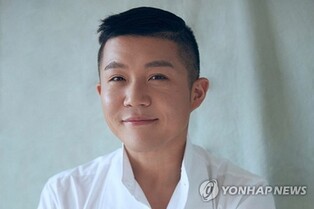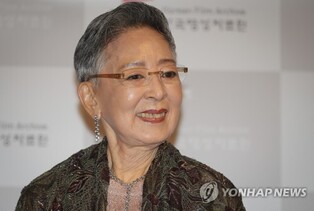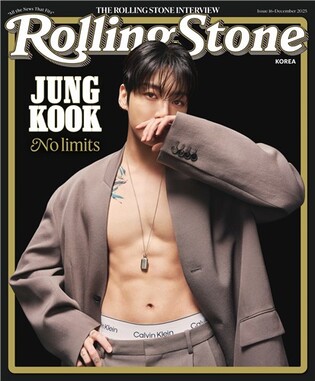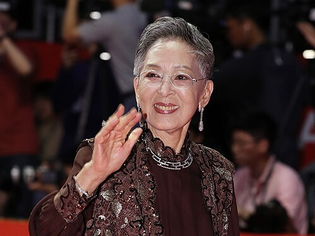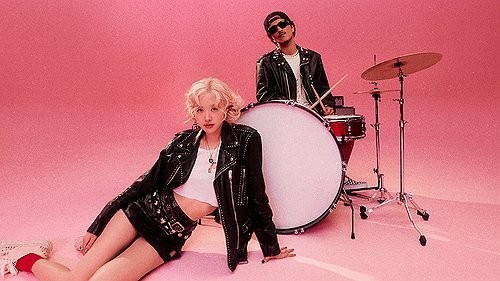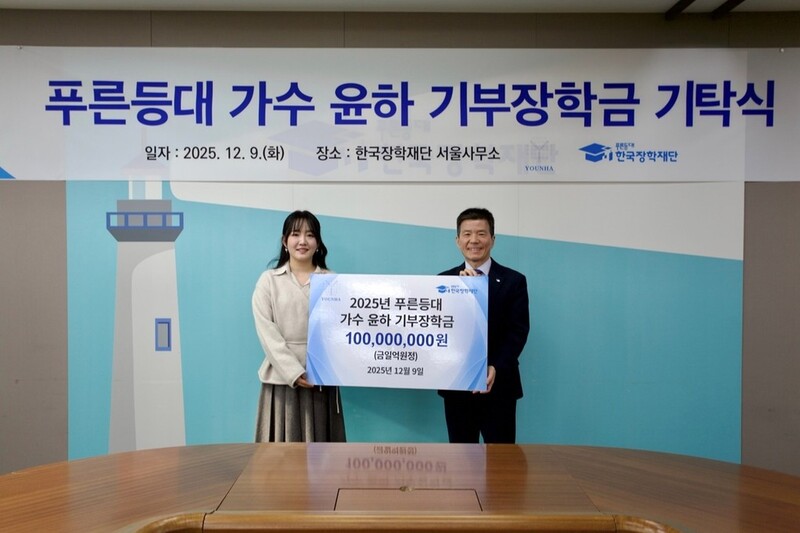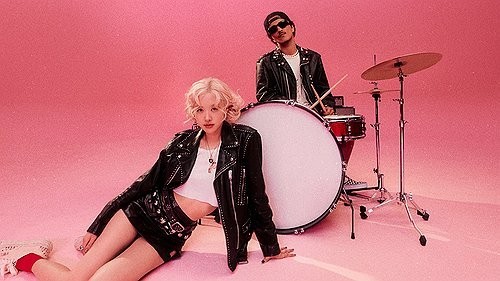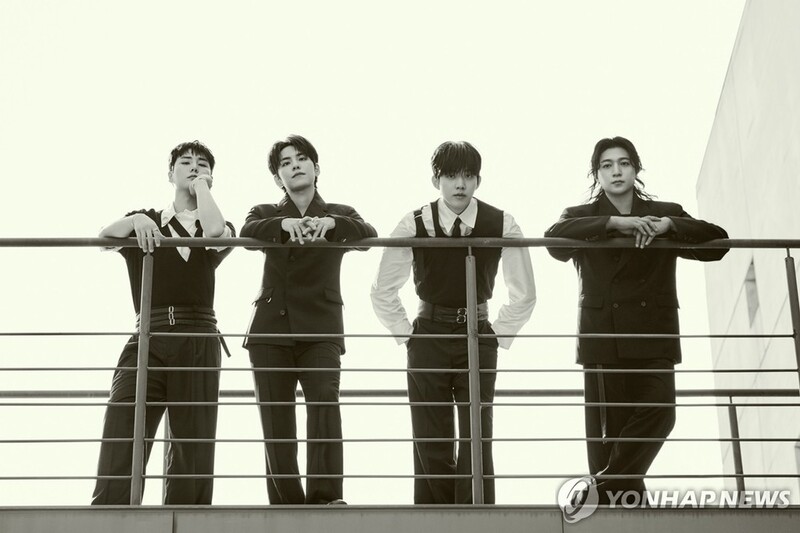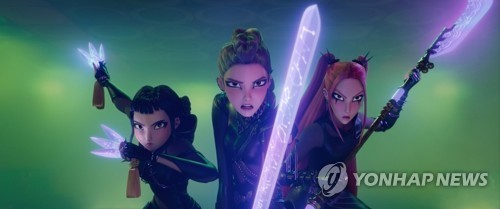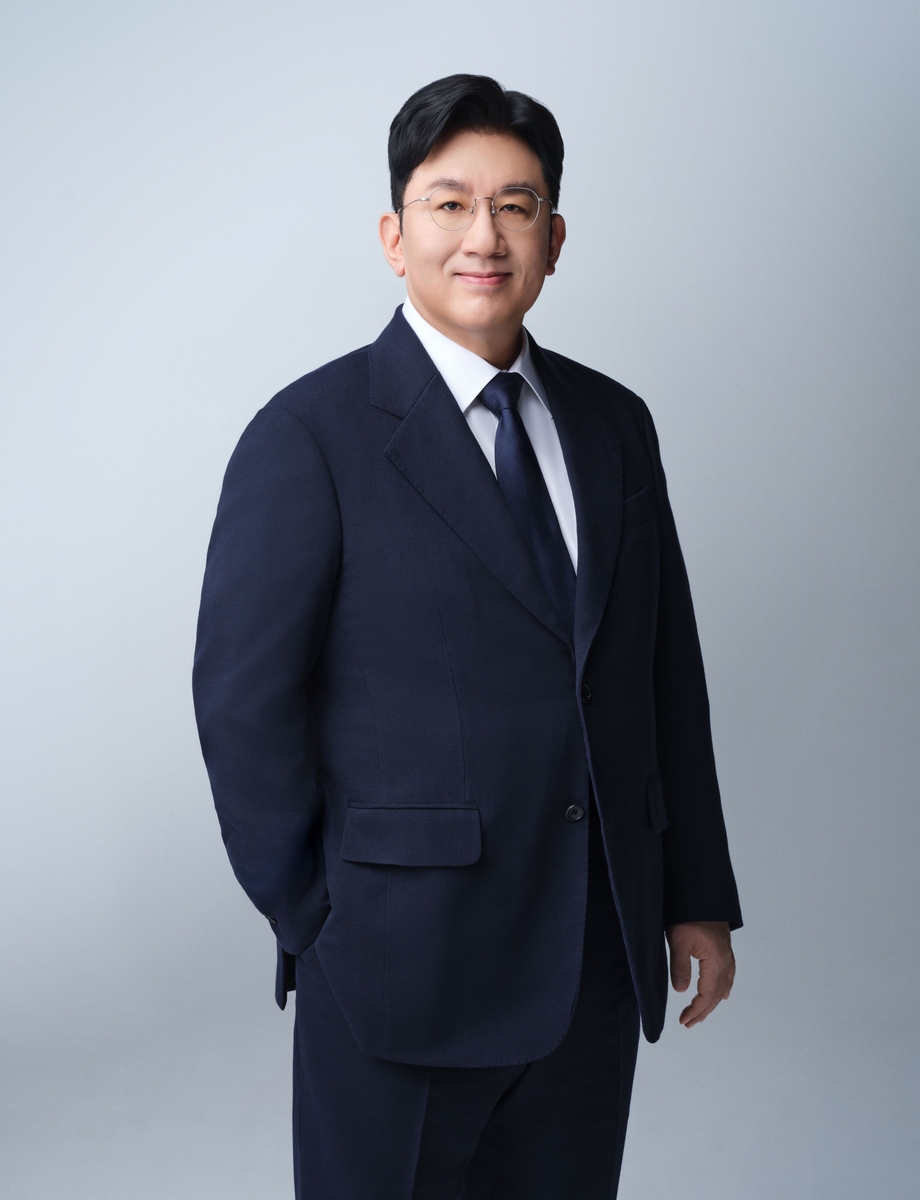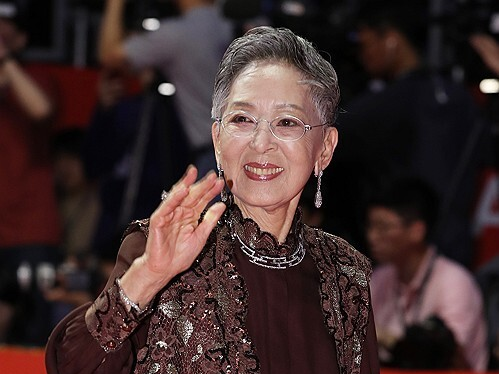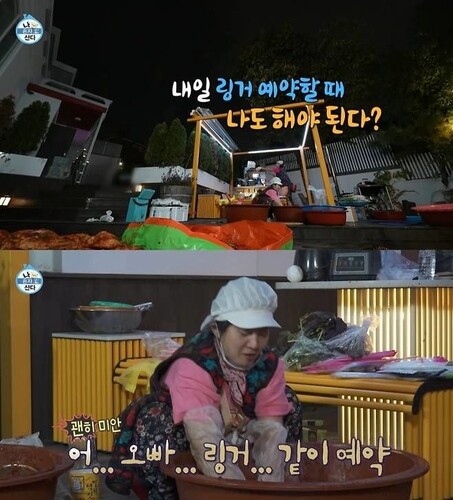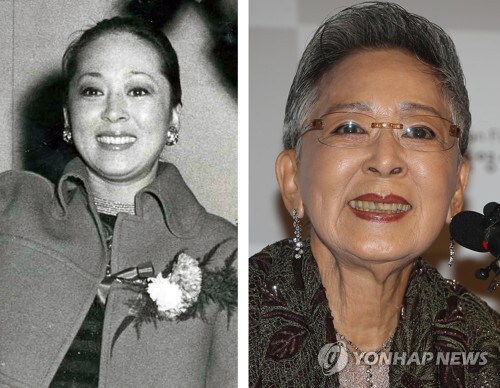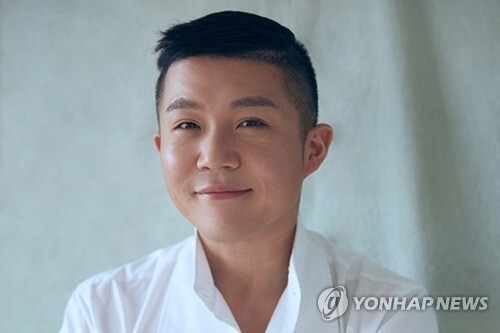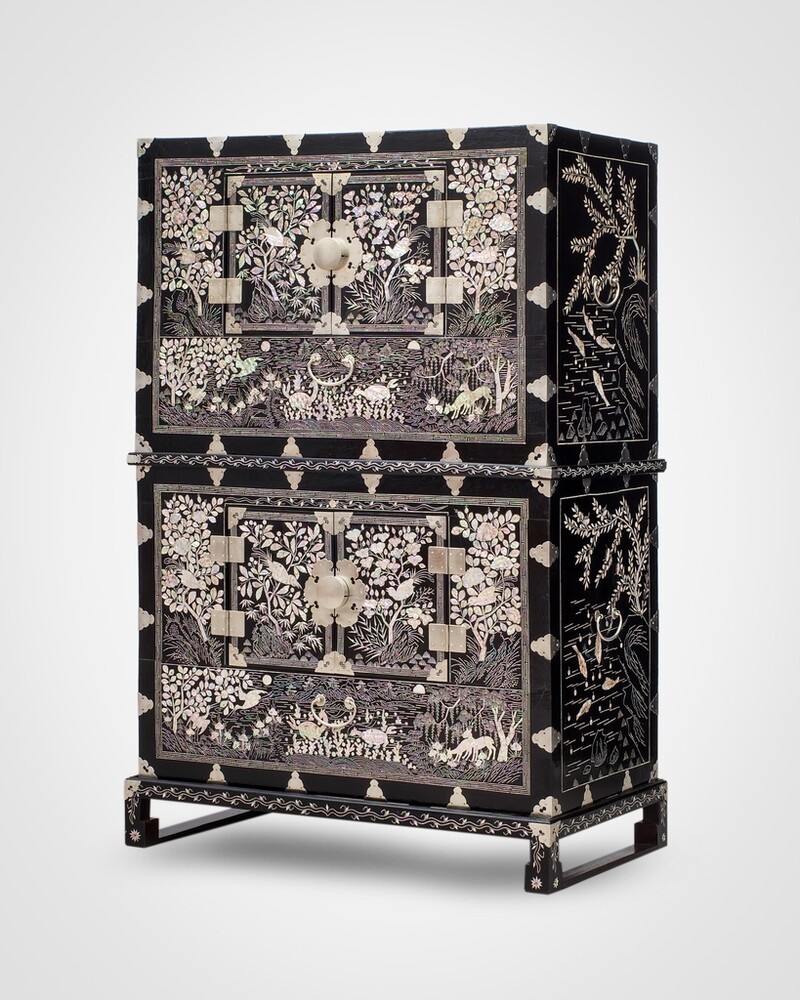 |
| ▲ This photo, provided by the OKCHF, shows Black Najeon Two-Section Clothing Chest (nong). (PHOTO NOT FOR SALE) (Yonhap) |
 |
| ▲ This photo, provided by the OKCHF, shows the bottom part of the Black Najeon Two-Section Clothing Chest (nong). (PHOTO NOT FOR SALE) (Yonhap) |
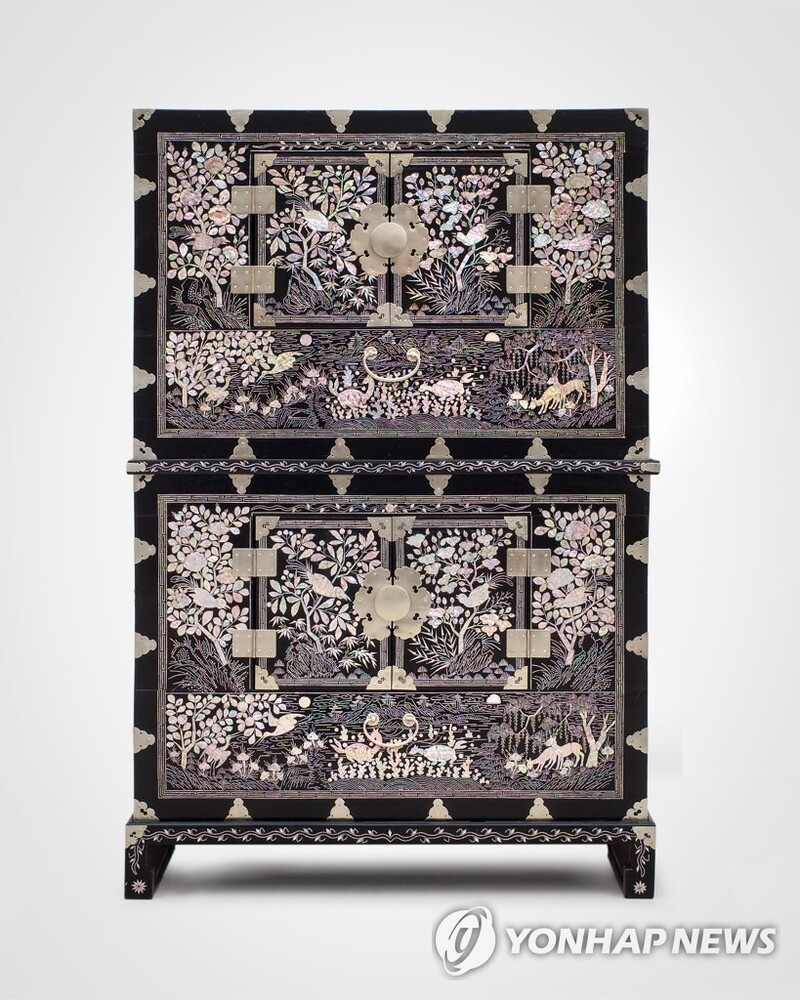 |
| ▲ This photo, provided by the OKCHF, shows Black Najeon Two-Section Clothing Chest (nong). (PHOTO NOT FOR SALE) (Yonhap) |
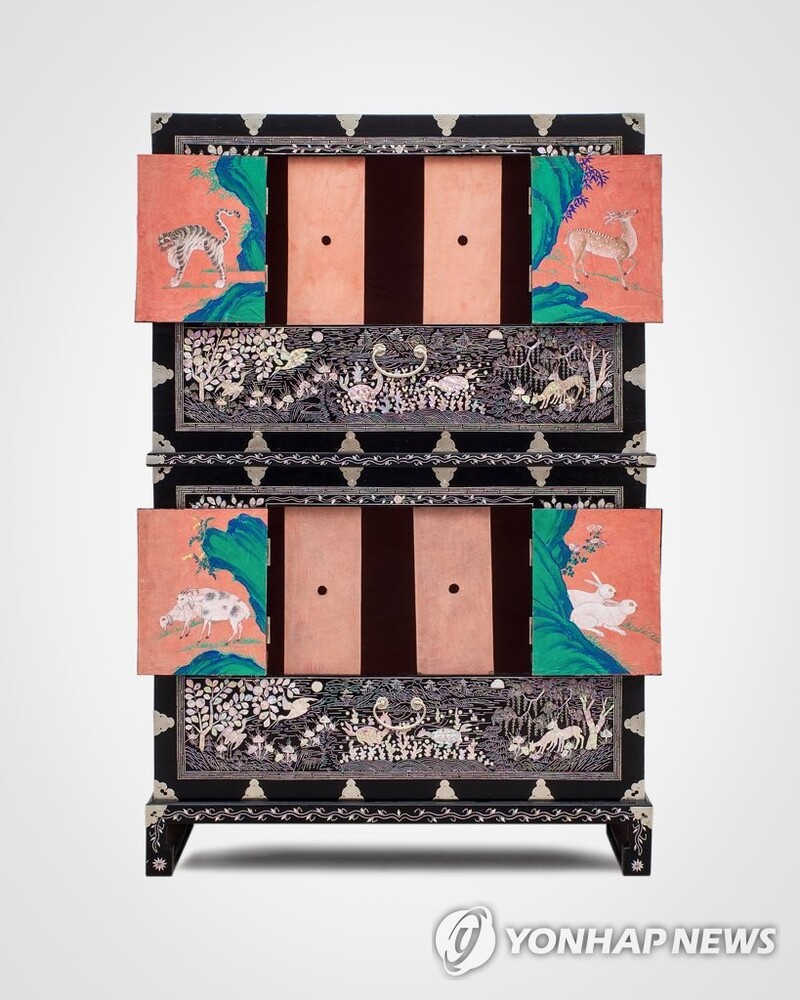 |
| ▲ This photo, provided by the OKCHF, shows the interior of the Black Najeon Two-Section Clothing Chest (nong). (PHOTO NOT FOR SALE) (Yonhap) |
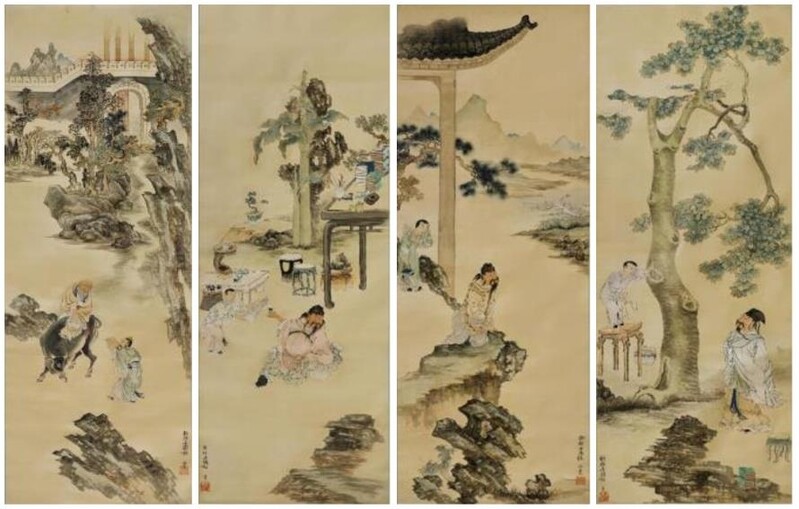 |
| ▲ This photo, provided by the OKCHF, shows Jang Seung-eop's paintings. (PHOTO NOT FOR SALE) (Yonhap) |
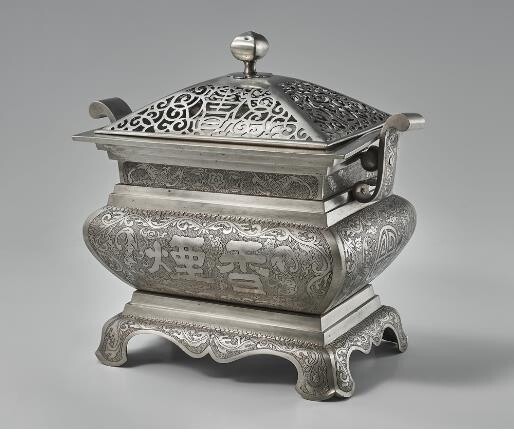 |
| ▲ This photo, provided by the OKCHF, shows the square incense burner. (PHOTO NOT FOR SALE) (Yonhap) |
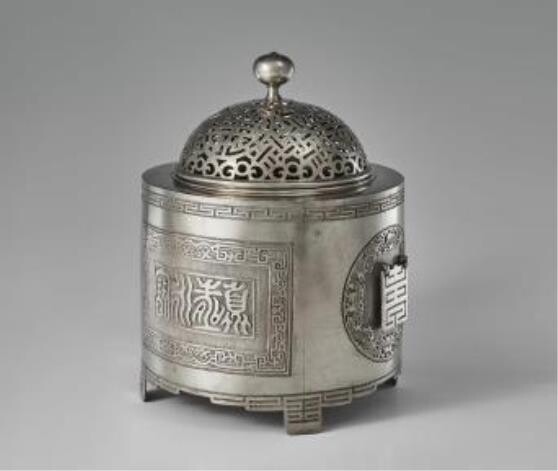 |
| ▲ This photo, provided by the OKCHF, shows the round incense burner. (PHOTO NOT FOR SALE) (Yonhap) |
SEOUL, Feb. 8 (Yonhap) -- Several of the diplomatic gifts that were sent by King Gojong (reign: 1863 - 1907) for the coronation ceremony of Emperor Nicholas II of Russia in 1896 will be unveiled for the first time in 127 years.
The historical pieces will be put on display during the opening ceremony of the special exhibition to be held at the Moscow Kremlin Museums in Russia under the title of “Korea and Armoury Chamber: The History of the Coronation Gift to the Last Emperor,” Overseas Korean Cultural Heritage Foundation (OKCHF) announced Wednesday.
The Armoury Chamber of the Kremlin Museums was built in 1508 as the Russian Imperial Armoury to store facility for weapons and imperial jewelry, among other types of items. The Chamber was designated as a museum in 1806 and was opened to the public in 1813 after Russia moved its capital to St. Petersburg. It was then incorporated into the Kremlin Museums in 1960.
According to the OKCHF, a total of 17 Joseon crafts and artworks that were sent by King Gojong in 1896 were found during the preparation work for this exhibition. Among the items, five of them will be displayed: one two-section clothing chest, two narrative figure paintings by Jang Seung-eop (1843 - 1897), and two incense burners.
These were diplomatic gifts that King Gojong, who was taking refuge at the Russian legation in Seoul on Feb. 11, 1896 -- a year after Empress Meyongseong was assassinated by the Japanese --, sent by dispatching Min Yeong-hwan (1861 - 1905) as the Korean minister in celebration of the coronation of Emperor Nicholas II of Russia.
Some of the diplomatic gifts were mentioned in the diary of Yun Chi-ho, who accompanied Min to the coronation ceremony, but this marks the first time that the actual items are exhibited to the public.
The most eye-catching and noteworthy artifact is the “Black Najeon Two-Section Clothing Chest (nong),” which is presumed to have been produced by the most outstanding mother-of-pearl craftsman at the time under a special order of King Gojong. Najeon is a traditional craft technique in which abalone or shells are ground on wooden furniture, with patterns cut and lacquered.
The nong, which consists of two sections, expresses the so-called “10 Symbols of Longevity,” including the sun, moon, crane, and turtle, at the bottom to pray for the good health and longevity of Nicholas II upon his ascension to the throne. The Foundation introduced the craftwork as “an important artifact that demonstrates the essence of high-quality craftsmanship and art in the 19th century Joseon.”
In particular, this relic bears a high cultural significance as it was revealed through the OKCHF’s project for the conservation and utilization of overseas Korean cultural heritage properties in 2020. The Foundation provided the restoration funds for about two years in the hope to have the craft well-preserved for more than 100 years.
As for Jang Seung-eop’s paintings, it was confirmed for the first time that four pieces have been preserved by the Kremlin Museums, two of which will be unveiled in this exhibition. These works by Jang, one of the four major Joseon painters, have never been studied by experts, and are evaluated as masterpieces measuring over 174 centimeters in height. Two paintings, titled “Lao-tzi Went Out to Hangu Pass” and “Drunken Li Bo,” will be put on display.
The OKCHF explained, “Each of the works has the country name “Joseon” on it along with Jang’s signature, ‘Owon Jang Seung-eop,’ which is very rarely found on the other works of Jang, indicating that these paintings were exclusively drawn to be sent as diplomatic gifts.”
Meanwhile, in the case of the incense burners, each in the shape of a square and circle, the pictures were formerly released in Korea in 2010. The shapes reflected the ancient concept of the universe called “Cheonwonjibang,” meaning that the sky is round and the Earth is flat. The straight lines and flexible curves that are harmoniously combined also make the burners even more exquisite and special.
To commemorate the ascension of the Emperor, “Hyangyeonjeongseo,” meaning “burning incense reveals an auspicious aura,” and “Jinsuyeongbo,” which means “truthfulness, longevity, and eternal treasure,” were each inscribed on the body of the square and round burners, respectively.
Kim Jung-hee, the chairman of the OKCHF, said, “By supporting the preservation and restoration of the overseas cultural properties of our nation, we were able to learn new historical information and also share the value of our properties to the public via such exhibitions.”
The opening ceremony of the exhibition is scheduled to be held on Thursday. The local exhibition will be open until Apr. 19.
(This article is translated from Korean to English by Ha eun Lee)
(END)
(C) Yonhap News Agency. All Rights Reserved







